In the rich tapestry of Bharat’s history, the significance of idol worship has been both revered and contentious. The narrative surrounding idol worship is not merely a matter of religious practice; it intertwines the threads of culture, identity, and the very essence of spirituality. This article aims to delve deep into the historical, philosophical, and cultural dimensions of idol worship in Bharat, a subject that has been often misunderstood and misrepresented.
Table of Contents
- Introduction
- Understanding the Contentions on Idol Worship
- Discovering the Universal Truths of Worship
- The Philosophy of Idol Worship in Bharat
- Addressing Misconceptions and Misrepresentations
- The Importance of Cultural Preservation
- Frequently Asked Questions (FAQ)
Introduction
Idol worship has been a cornerstone of spiritual practice in Bharat for centuries. However, the legacy of vandalism and destruction of temples and idols during various invasions has left a scar on the cultural landscape. This piece serves as an exploration of why idol worship has been so contentious and its historical roots, while also shedding light on the universal truths that bind humanity in worship.
Understanding the Contentions on Idol Worship
To comprehend the contentions surrounding idol worship, we must first journey back in time. Around 1500 BCE, a group known as the Israelites, led by Moses, embarked on an exodus from Egypt. This pivotal moment in history laid the foundation for the Abrahamic religions—Judaism, Christianity, and Islam. Moses, revered as a prophet in all three religions, instructed the Israelites to worship only YHVH, condemning idol worship after they created a golden calf during their journey.
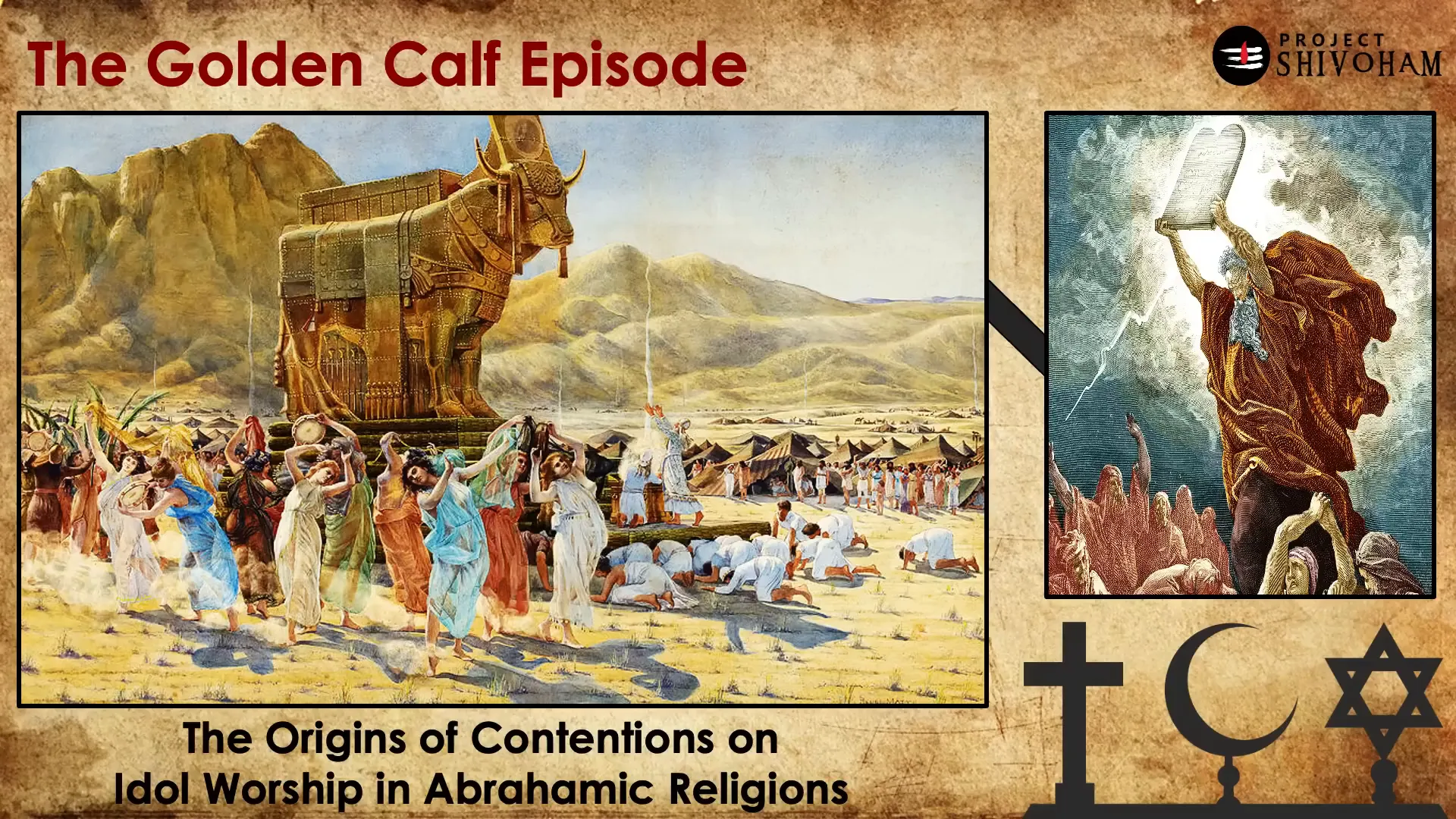
This episode from the Hebrew Bible marks the origins of the aversion towards idol worship in these religions. The golden calf incident not only established a firm stance against idol worship but also created a ripple effect that would impact cultures and religions worldwide, including Bharat. The imposition of this ideology during colonization led to the vandalism of numerous temples and cultural artifacts across Bharat, as local beliefs and practices were dismissed and disrespected.
It is vital to clarify that while idol worship is forbidden in certain religions, vandalism of cultural heritage is indefensible. The destruction of temples and idols is not a reflection of spiritual superiority; rather, it highlights a deep-seated misunderstanding and intolerance towards different forms of worship.
Idol Worship: A Broader Perspective
Idol worship transcends the mere act of bowing before a physical representation of a deity. It encompasses the reverence for nature, animals, and even abstract concepts. In Bharat, worship can manifest in various forms—trees, rivers, mountains, and more. This diversity is a testament to the multifaceted nature of human spirituality.
As we consider the question, “Why do people worship at all?” we find ourselves navigating the intricate relationships between existence, experience, and reverence. Throughout history, different cultures have worshipped various entities, often linked to their survival, sustenance, and well-being.
Discovering the Universal Truths of Worship
To explore the reasons behind worship, we can identify a five-step evolution that many individuals experience:
- Ignorance: Initially, early humans were unaware of the complexities of their environment.
- Experience: Through interaction with nature, individuals began to understand its impact on their lives.
- Gratitude: As awareness grew, so did the sense of gratitude for the elements that sustained life.
- Respect: This gratitude evolved into respect for the forces of nature.
- Devotion: Ultimately, this respect transformed into devotion, leading to the worship of these entities.
This pattern can be observed in various cultures around the globe, where people have worshipped the sun, rivers, mountains, and animals, each reflecting their unique relationship with existence.
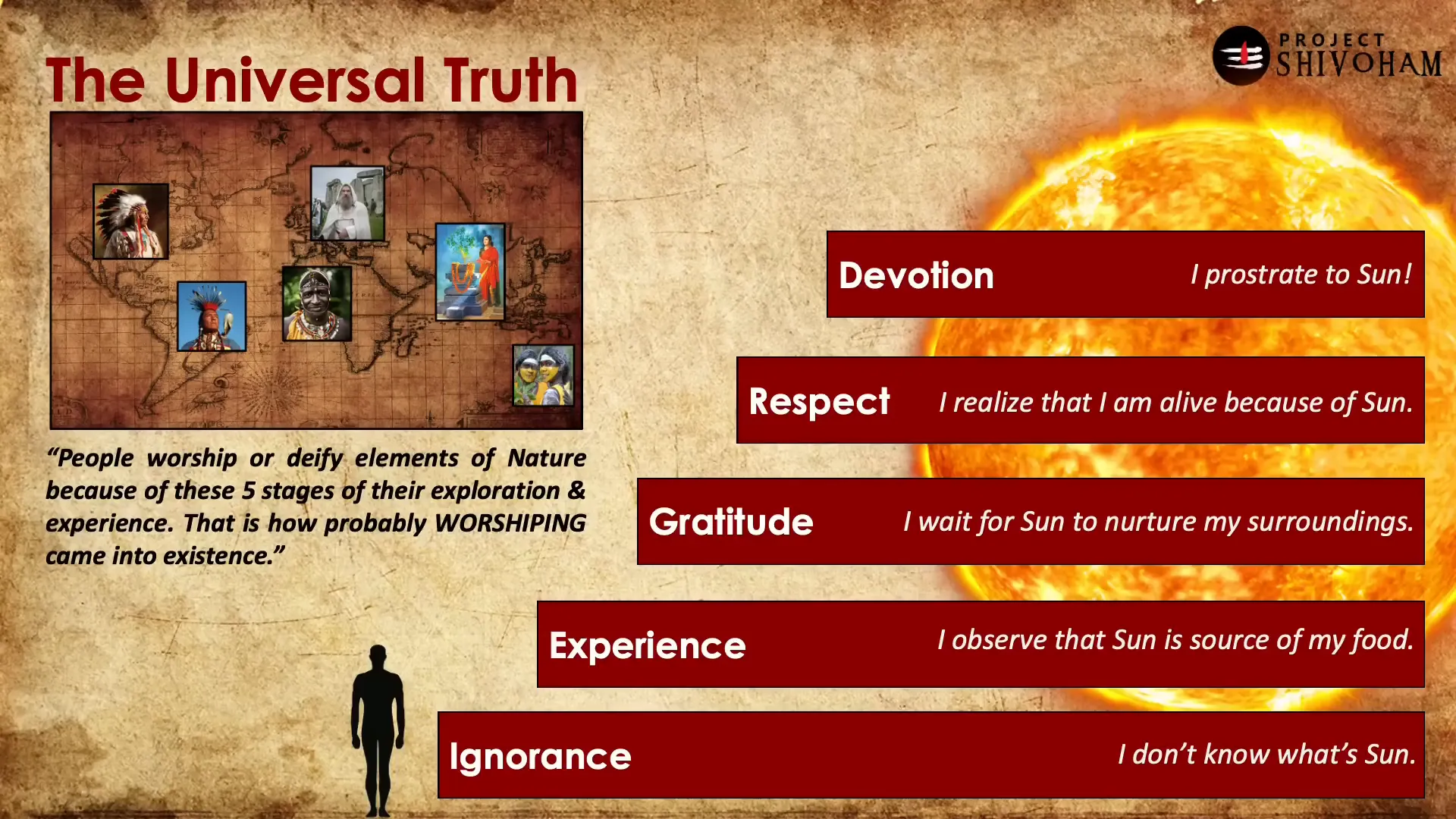
The Case of Surya Bhagawan
In the Bharatiya context, the sun, or Surya Bhagawan, serves as an archetype of this worship. Temples dedicated to Surya Bhagawan are not just places of worship but also centers of scientific and spiritual understanding. The sun has been revered for its role in agriculture, sustenance, and even mathematics.
Surya Bhagawan is central to various spiritual practices, including Sandhya Vandana and the recitation of the Gayatri Mantra. The significance of Surya Bhagawan extends beyond mere worship; it encapsulates a holistic understanding of existence, interconnection, and the cyclical nature of life.
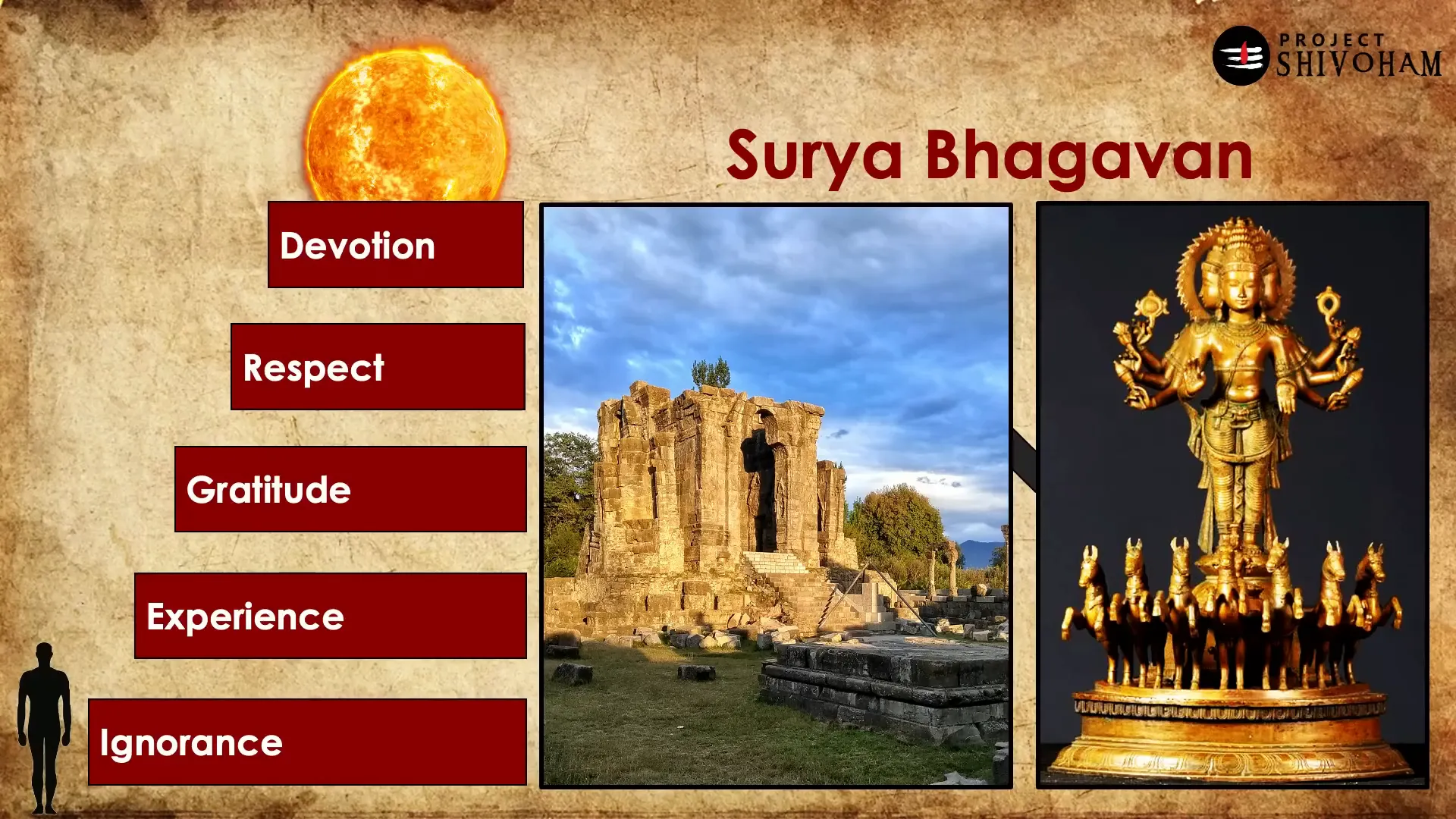
The Philosophy of Idol Worship in Bharat
To truly appreciate the grandeur of Bharatiya temples and idol worship, one must delve into the philosophical underpinnings of the practice. The essence of idol worship lies in understanding Brahman, the primordial cause of existence.
In Bharatiya philosophy, Brahman represents the ultimate reality, the source from which all existence emanates. The journey of worship is not merely about acknowledging a deity; it is about understanding the interconnectedness of all beings and the cosmos.
Nirakara vs. Sakara Worship
Worship in Bharatiya tradition can be categorized into two forms: Nirakara (formless) and Sakara (with form). Nirakara worship involves contemplation of the unmanifested Brahman, which can be a complex and challenging endeavor for many. In contrast, Sakara worship, which includes idol worship, provides a tangible representation of the divine, making it more accessible for devotees.
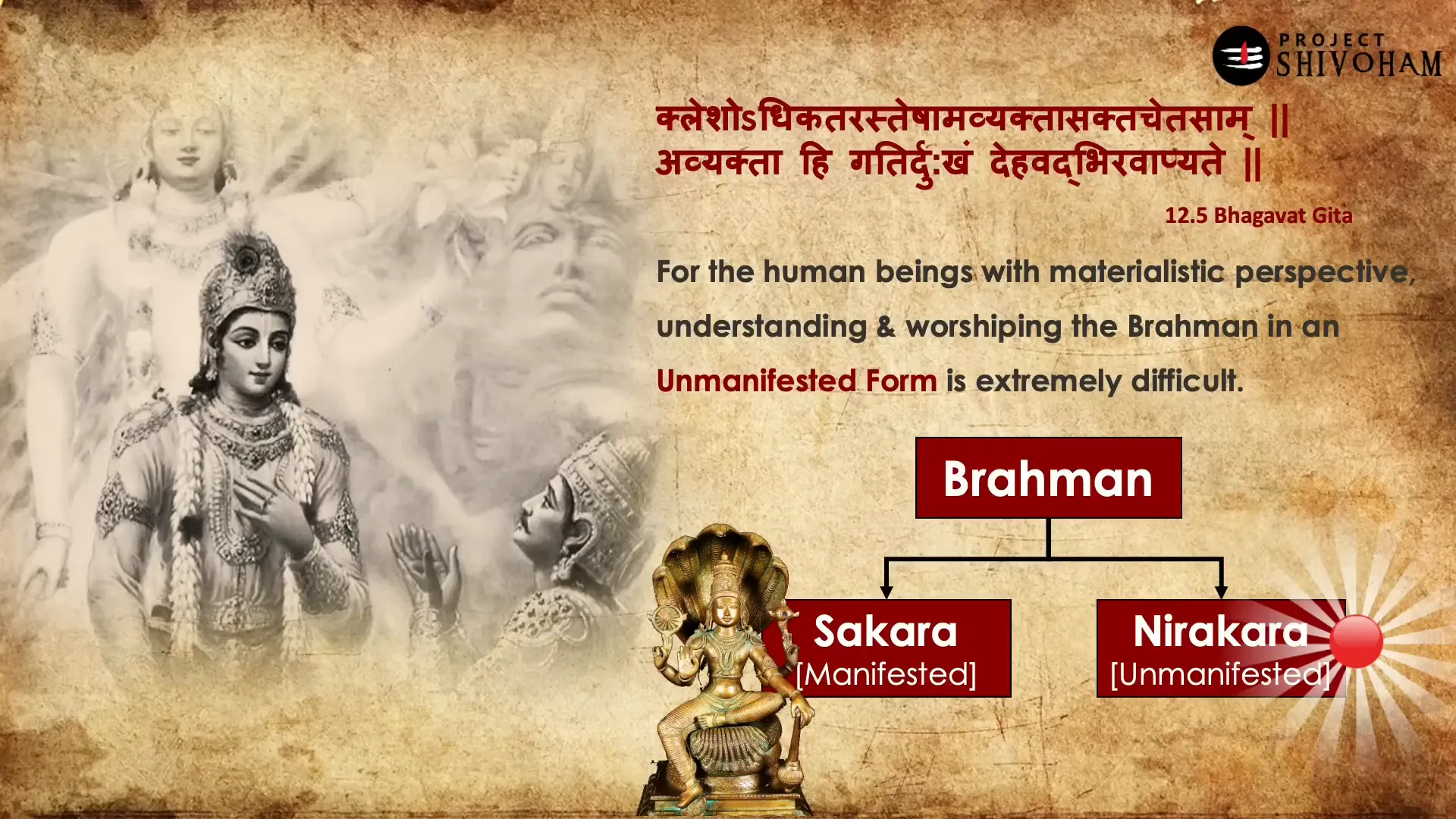
This distinction is crucial in understanding the motivations behind idol worship. While some may view idol worship as a mere ritual, it serves as a bridge to deeper spiritual understanding and connection.
Addressing Misconceptions and Misrepresentations
In recent times, there has been a concerted effort by certain groups to misrepresent idol worship as contrary to the teachings of Bharatiya scriptures. This narrative often stems from a misunderstanding of the philosophical context and the rich traditions that define Sanatana Dharma.
It is essential to recognize that idol worship is well-documented in various scriptures, including the Vedas, Agama Shastras, and Shilpa Shastras. These texts provide detailed instructions on how to conduct idol worship, the significance of each ritual, and the intended outcomes.
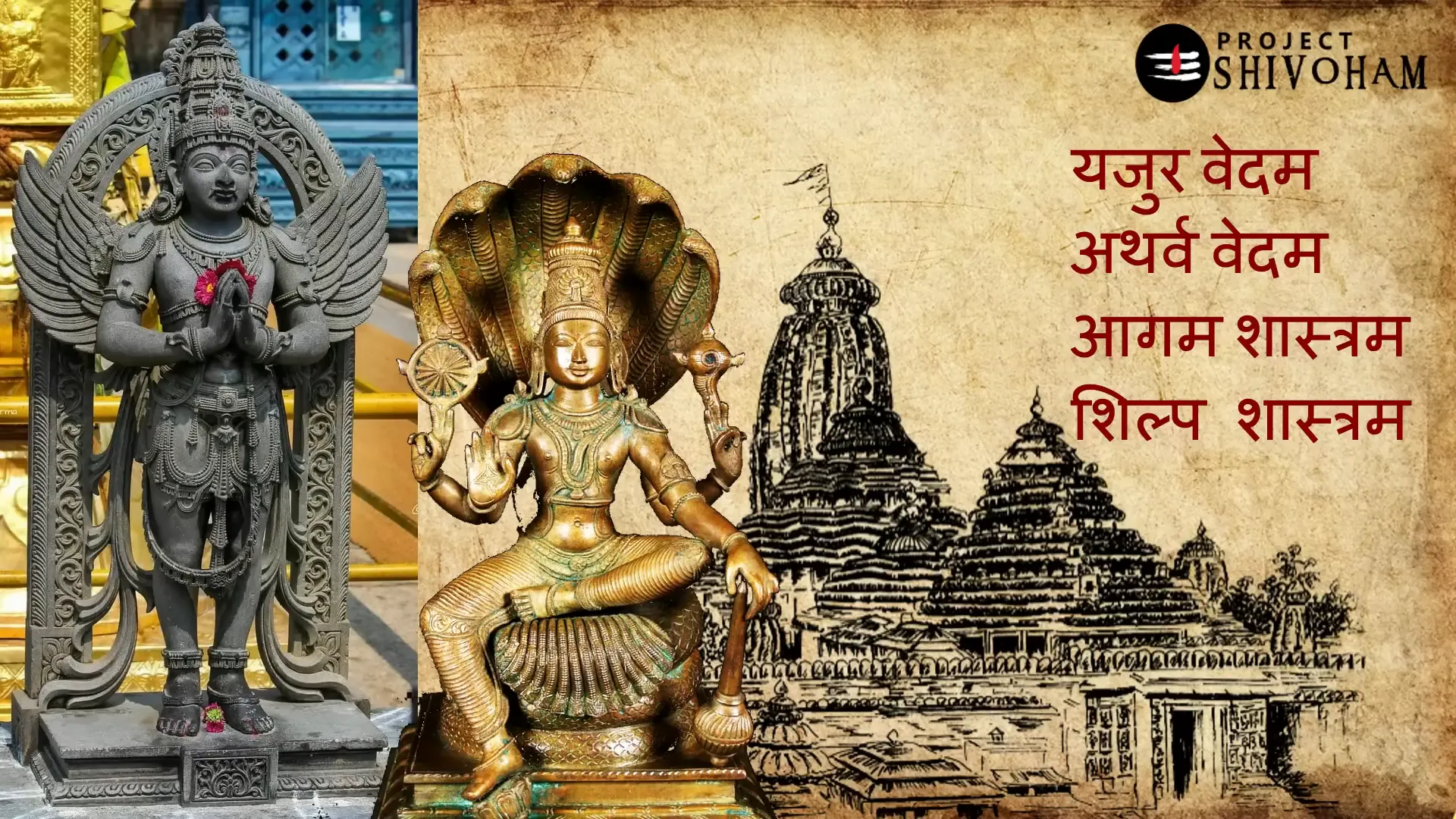
Misleading claims that idol worship is not mentioned in the Vedas are not only inaccurate but also serve to undermine the depth and complexity of Bharatiya spirituality. Such narratives often ignore the rich historical context and the lived experiences of countless devotees who find solace and connection through these practices.
The Importance of Cultural Preservation
Vandalism of temples and idols, often justified in the name of religion, highlights a fundamental insecurity within certain ideologies. The destruction of cultural heritage not only erases history but also diminishes the pluralistic and inclusive spirit that has characterized Bharat for millennia.
The diverse practices of worship in Bharat should be celebrated, not condemned. The ability to engage in discussions about the nature of divinity, spirituality, and existence is a testament to the richness of Bharatiya culture. Rather than shunning differences, we should embrace them as opportunities for growth and learning.
Conclusion: A Call for Understanding and Respect
In conclusion, the story of idol worship in Bharat is not merely a tale of contention; it is a narrative that weaves together history, philosophy, and the human experience. As we navigate the complexities of spirituality, it is imperative that we engage with these topics thoughtfully and respectfully.
While idol worship may be viewed differently across cultures and religions, the essence of worship transcends boundaries. It is a reflection of our innate desire to connect with something greater than ourselves, to seek understanding, and to express gratitude.
In a world often divided by religious and cultural differences, the legacy of Bharat’s spiritual practices serves as a reminder of the importance of tolerance, respect, and understanding. Let us strive to preserve this rich heritage for future generations, ensuring that the pluralistic spirit of Bharat continues to thrive.
Frequently Asked Questions (FAQ)
1. Why is idol worship controversial in some religions?
Idol worship is often viewed as contentious in certain religions, primarily due to historical narratives that condemn the practice, stemming from foundational texts and teachings that discourage the worship of physical representations of deities.
2. What is the significance of Surya Bhagawan in Bharatiya culture?
Surya Bhagawan, or the sun, holds immense significance in Bharatiya culture as a source of life, sustenance, and spiritual understanding. Temples dedicated to Surya Bhagawan are not only places of worship but also centers of scientific and mathematical learning.
3. How does idol worship relate to the understanding of Brahman?
Idol worship serves as a means to understand Brahman, the ultimate reality in Bharatiya philosophy. While Nirakara worship (formless) is complex, Sakara worship (with form) provides a tangible way for devotees to connect with the divine.
4. What role does cultural preservation play in understanding idol worship?
Cultural preservation is vital in maintaining the rich heritage of Bharatiya spirituality. Vandalism and destruction of temples undermine the plurality and inclusivity of Bharatiya culture, hindering opportunities for dialogue and understanding.
5. How can we foster a better understanding of idol worship?
Fostering better understanding requires open dialogue, education, and respect for diverse beliefs. Engaging with historical texts and traditions can help dispel misconceptions and promote a deeper appreciation for the richness of Bharatiya spirituality.
In closing, let us remember that the journey of understanding idol worship is not just about the act itself, but about the connections, meanings, and histories that shape our collective human experience.
This article was created from the video The Untold Story of Idol Worship in Bharat || Project SHIVOHAM with the help of AI. Thanks to Aravind Markandeya, Project Shivoham.